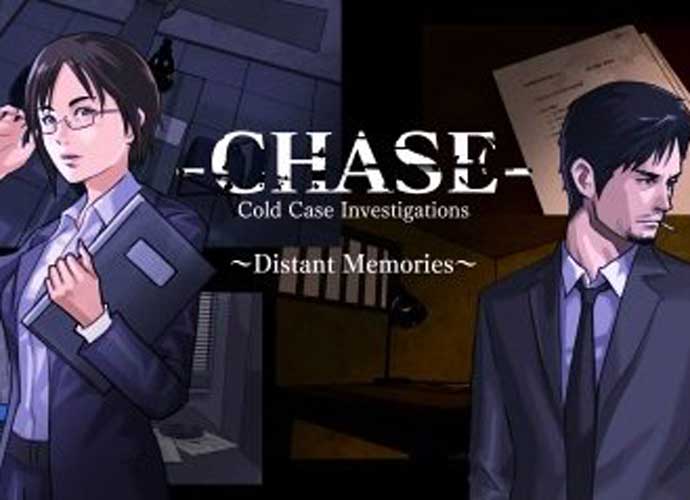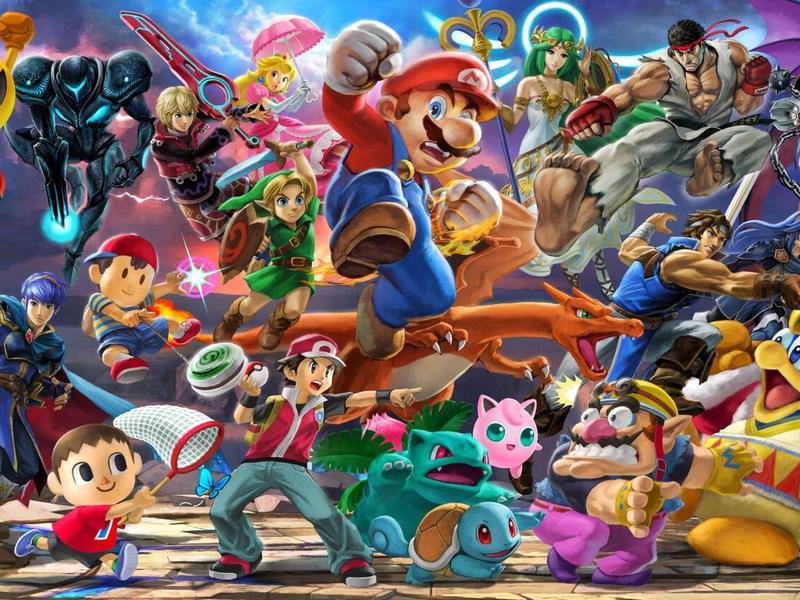‘Chase: Cold Case Investigations ~Distant Memories~’ Game Review: It’s Not A Return To ‘Hotel Dusk’

Chase: Cold Case Investigations ~Distant Memories~
Before I begin, I’m contractually obligated to inform you that, just like the last visual novel I reviewed, this review will contain spoilers. I strongly suggest turning back if you intend to play Chase: Cold Case Investigations ~Distant Memories~ because I will ruin some surprises.
Chase, a recently released Nintendo 3DS game, is a spiritual successor to Hotel Dusk: Room 215 and Last Window: The Secret of Cape West, which were developed by Cing, a now-defunct developer. Kyle Hyde, a stern ex-cop, was their protagonist, and both titles explored two unsolved mysteries from his past.
Cing developed the Another Code series, which is set decades after Kyle’s adventures, concurrently with the Kyle Hyde saga. (Sadly, North America only received the first Another Code, which was released here as Trace Memory.) Again, another title developed by Cing, is similar to Hotel Dusk, although the two are otherwise unrelated.
Cing specialized in adventure games with atmospheric locations and well-realized characters. In fact, Hotel Dusk is my all-time favorite video game because of its personality; the beautiful rotoscope animations, the noir aesthetics and Nintendo Treehouse’s strong localization melded together to create an unforgettable experience – although it isn’t one that’s easy to recommend.
Chase: Cold Case Investigations ~Distant Memories~ was developed by Arc System Works, and the translation was handled by Aksys Games. Cing alumni returned to work on Chase, including Hotel Dusk’s director, Taisuke Kanasaki. While Rika Suzuki sadly wasn’t involved, Chase still caught my attention when it was revealed. Does it live up to its legacy?
By now, the first thing you probably noticed about Chase is its mascot, Shounosuke Nanase, who is a pallet swap of his forbearer. His assistant, Koto Amekura, works with him in the Cold Case Unit. Unfortunately, it’s a quiet job, as there haven’t been any cold police investigations that have demanded revisiting.
That stagnation finally comes to an end at the start of Chase. An anonymous caller informs them that an explosion from five years ago wasn’t merely an accident, it was a murder. The two then begin their job, from gathering information on the hospital to the people who were present on that particular day.
Whereas Kyle’s stories featured numerous bystanders to interact with, Nanase’s only really has four. They’re interrogated throughout the game, and it’s clear from their introduction that one of the latter three has to be the murderer.
Interrogations are straightforward: Nanase asks questions, he receives an answer, and sometimes Nanase is given a choice between two dialog options. One option is the correct one, and it’s game over if you choose the incorrect choice too often. However, unlike in Hotel Dusk and Last Window, you can save and reload at any point during a conversation, so there are never any true consequences if you pick incorrectly.
Chase’s other component aside from reading dialog is the investigation segments, which are much less elaborate than what its predecessors offered. Kyle, Another Code’s Ashely and Again’s Agent J explored their surroundings. The locations in these games were picturesque and added to the sense of the unknown, and there were puzzles scattered throughout the world akin to traditional adventure games.
Nanase and Amekura never leave their headquarters. Instead, they examine two photographs of the crime scene, one taken before the explosion and the other taken immediately after. The latter, in particular, is an unclear, monochromatic jumble where it can be hard to distinguish one object from another. This detachment prevents us from bonding with the game’s world as Cing’s games did, which limits Distant Memories’ immersion.
Another problem with Distant Memories is how short it is. While I’m ordinarily not too concerned with a game’s length as long as it otherwise provided a worthwhile experience, Chase will only take about an hour to complete. An unrewarding cliffhanger awaits you at the end, though, which hopefully won’t follow the precedent set by Again.
Plus, while the Cing games had a tendency to incentivize replays by making a few adjusts to the experience, no such effort was made with Distant Memories, so there’s no reason to play it more than once. I assume the game’s budget couldn’t accommodate a meatier scenario, but it’s still a letdown.
Two facets that sufficiently continue Kyle’s legacy are Distant Memories’ soundtrack and character designs. Specifically, the former continues the proud Hotel Dusk practice of melancholy elevator music. Sadly, there are only eight tracks, so there’s little musical diversity.
Chase’s marketing, including its Nintendo eShop page, focused heavily on its role as Hotel Dusk’s successor. As such, I feel I need to discuss Nanase.
While Kyle’s games weren’t deep character studies, he still came across as a relatively real person. Underneath his serious, detached exterior was a man who harbors some emotional baggage. Kyle didn’t emote much, but he was genuinely considerate to those who warranted it. He helped those around him with their turmoil, and it was gratifying to see Kyle gradually open up. And, on special occasions, Kyle would even smile.
Here’s his smirk, which you first see upon meeting a major milestone:
Here's the biggest revelation in Hotel Dusk: Kyle finds a paperclip. pic.twitter.com/dEX5RJ3gEI
— Matt Reisine (@LegendCartBoy) October 25, 2016
And here’s his sincere, heartwarming smile:
Another favorite of mine! pic.twitter.com/Hlyfye0J97
— Matt Reisine (@LegendCartBoy) October 25, 2016
Barring a couple of gentler moments, Nanase is never shown to have a kinder side behind his cold demeanor. Kyle often acted like a jerk, but that’s basically all we get to see Nanase be. As such, it isn’t as satisfying to see him interact with his supporting cast, and he doesn’t undergo any meaningful character development as he mingles.
It is implied there’s something about Nanase’s past that troubles him, but it otherwise goes unexplored. It also hurts that Aksys’ localization – which, to be fair, is a localization of a weaker game than what the Treehouse worked on – is dryer than Hotel Dusk’s, so he lacks the wit Kyle had.
Ultimately, my issue with Nanase is that he isn’t Kyle, and Chase isn’t Hotel Dusk or Last Window. By making Nanase so similar to Kyle, both in design and demeanor, it feels like I’m playing an off-brand Hotel Dusk, which isn’t an appealing option when I can replay Hotel Dusk at my leisure. Nanase coming across as a shallower, ruder version of Mr. Hyde isn’t a temptation, either.
I understand the reasoning behind Nanase’s character design. I simply believe it was the wrong choice. I’m sure you noticed that my review is largely composed of unfavorable comparisons between Chase and its two precursors. That’s because it’s impossible to look at Nanase and disassociate his game from its legacy, and Distant Memories falls short of Cing’s heyday in every measurable way.
Chase: Cold Case Investigations ~Distant Memories~ still provided me with an enjoyable time. Chase channeled enough of Cing’s personality to satisfy me, and if you, like me, still mourn the loss of Kyle Hyde, you should play it. It’ll briefly scratch the itch.
However, I can’t recommend this episode to anyone beyond that specific demographic. It’s short, it’s easy and, if you lack nostalgia for Cing’s work, Distant Memories fails to provide a compelling campaign to play. If you want to try an investigation of a more worthwhile text, I suggest checking in to the eponymous Hotel Dusk or sailing to Trace Memory’s Blood Edward Island.






3 thoughts on “‘Chase: Cold Case Investigations ~Distant Memories~’ Game Review: It’s Not A Return To ‘Hotel Dusk’”